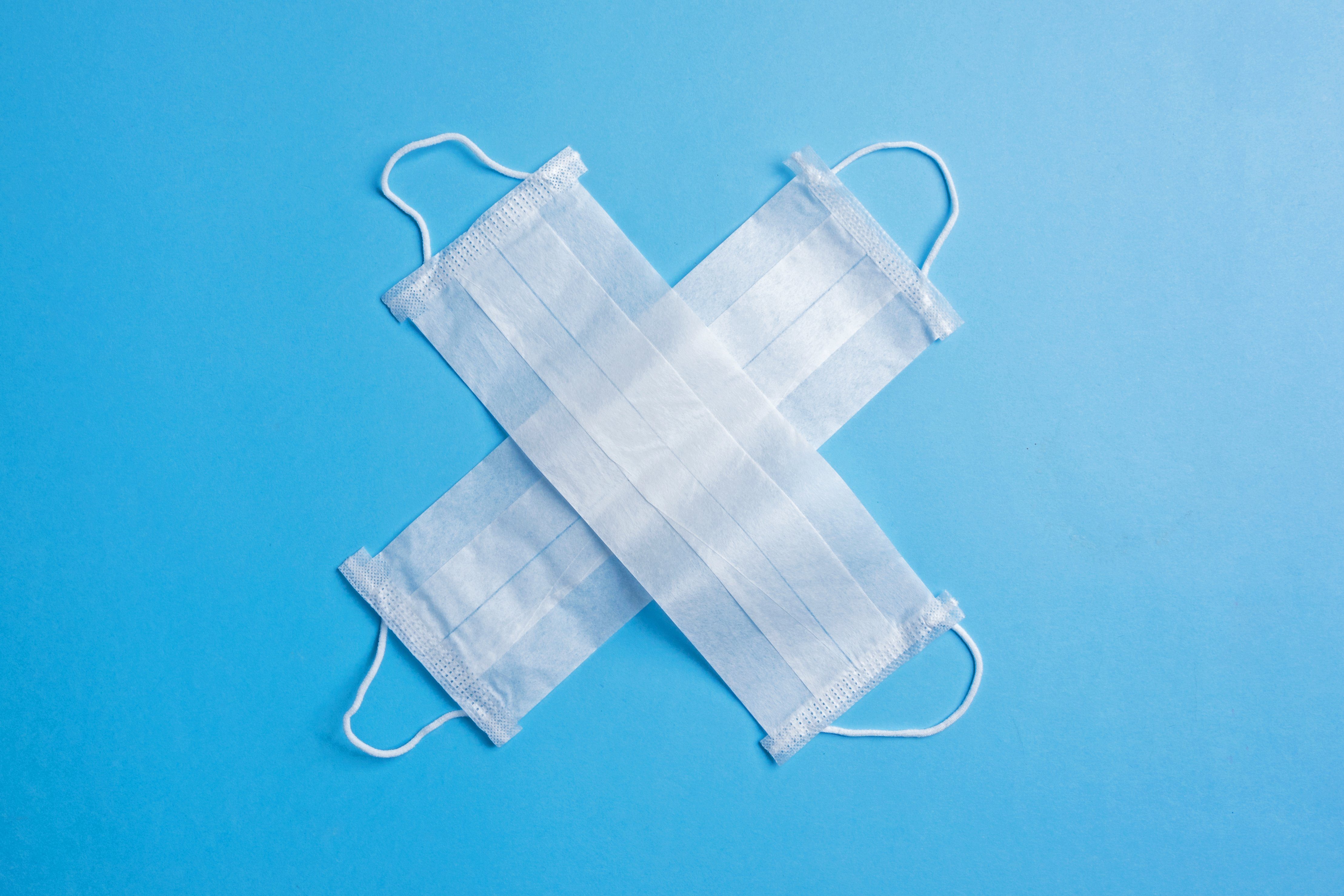
Simply wearing a mask isn’t enough
It’s now recommended that Canadians wear face masks in public, especially when it’s difficult to maintain the recommended two metres of social distance. Since there’s a shortage of medical-grade masks, people are making their own DIY face masks from cloth to comply and to stay safe—but masks only work when worn and cared for correctly. Don’t make these mistakes.
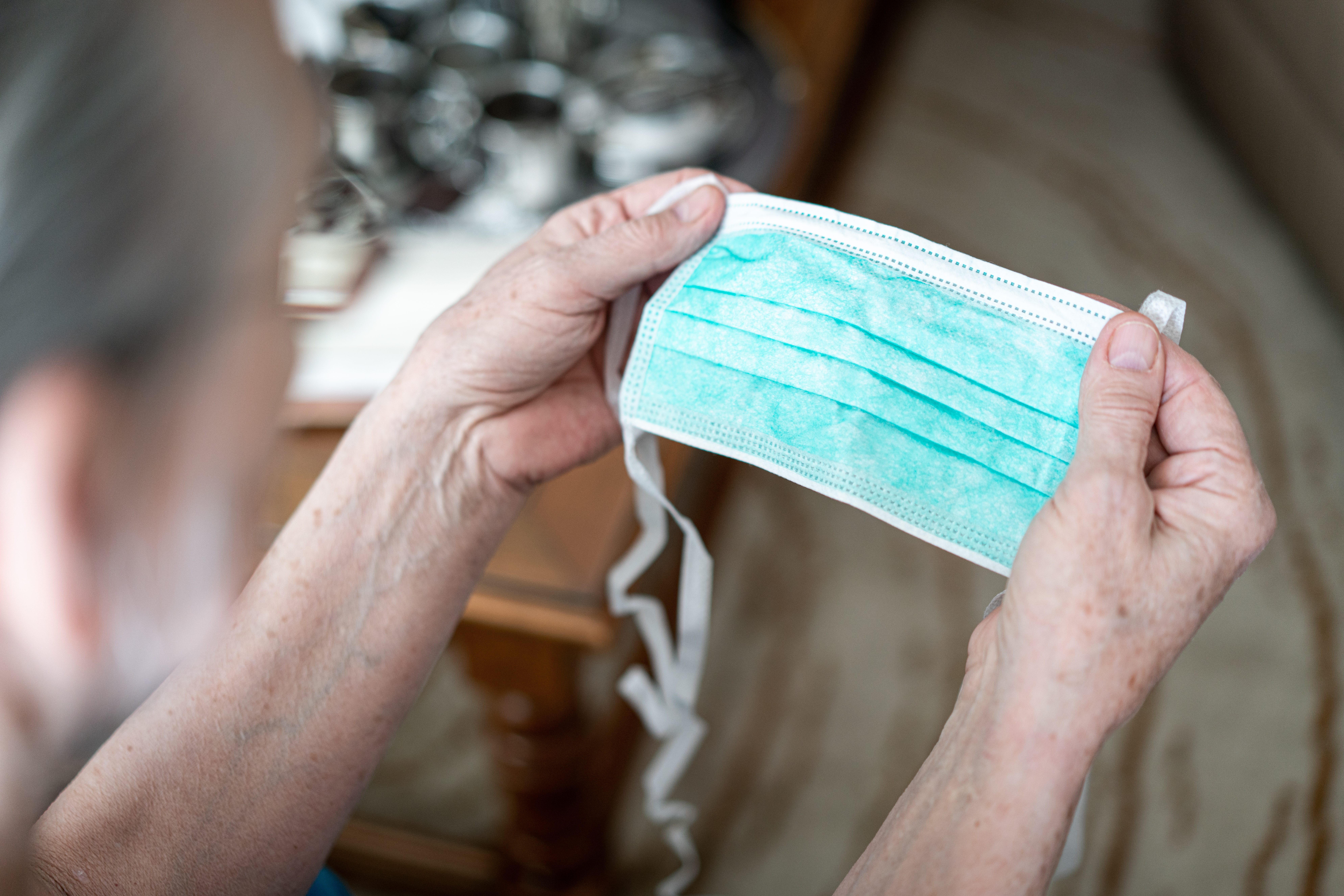
Using the wrong materials
Ideally, a mask should be effective at filtering out coronavirus particles and also be made of breathable fabric. After all, if it’s not comfortable, you’re less likely to wear it correctly. A recent study found that certain fabrics have an edge in both attributes. When researchers studied 30 materials ranging from bra pads to coffee filters, those that fared best were lightweight denim, paper towels, and 100 per cent cotton bedsheets with an 80 to 120 thread count. Fabrics made with natural fibres and a tighter weave were also shown to be better at filtering out virus particles. Here’s a good rule of thumb: If you hold your fabric up to the light and can see through it, the weave is too loose. Additionally, whatever material you use, it should be machine washable and dryable, so you can clean it regularly.

Putting it on and taking it off incorrectly
If you remember nothing else, remember to wash your hands first so you’re not inadvertently transferring virus particles to your mask and face. National Jewish Health recommends scrubbing your hands with soap and water for 20 seconds immediately before and after putting on a mask, and again immediately before and after removing it. “The main message is hand hygiene,” says Ann Marie Pettis, RN, the president-elect of the Association for Professionals in Infection Control and Epidemiology (APIC). “You can’t overdo it.” Just be sure to moisturize frequently so your skin doesn’t develop small abrasions that could invite infection, she adds. (Make sure you avoid these common hand washing mistakes.)
After you’ve washed, handle the mask only by the ear loops or ties. Secure one end first, and then stretch it over your mouth and nose. If you wear glasses, put those on last.
When taking off the mask, remove it from behind, taking care again to use the ear loops instead of touching the fabric. If your mask has ties, undo the bottom one first, then the top one, according to recommendations from the University of Utah Health. Finally, pull the mask away from your face and then down.
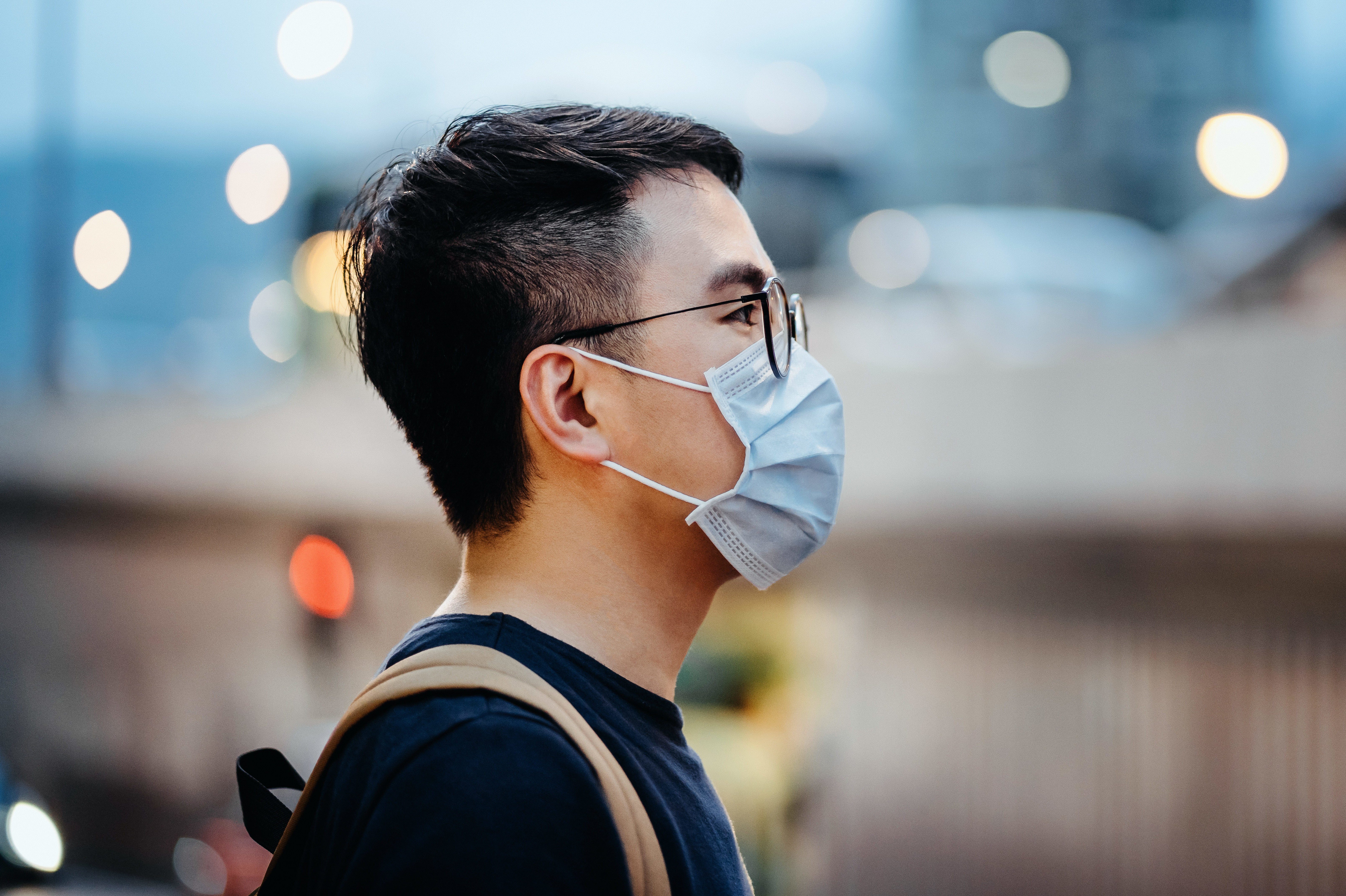
Wearing it the wrong way
If your mask has pleats, the pleats should face the outside, and the folded edge of the pleats should be on the bottom. Plus, the mask should fit snugly, covering your nose and mouth completely without gaps but still allowing you to breathe naturally, according to the CDC. The sides of the mask should extend at least an inch past each corner of your mouth, and the bottom should wrap under your chin, which serves as an anchor, notes Consumer Reports. Men may have to trim their beards to ensure a good fit.
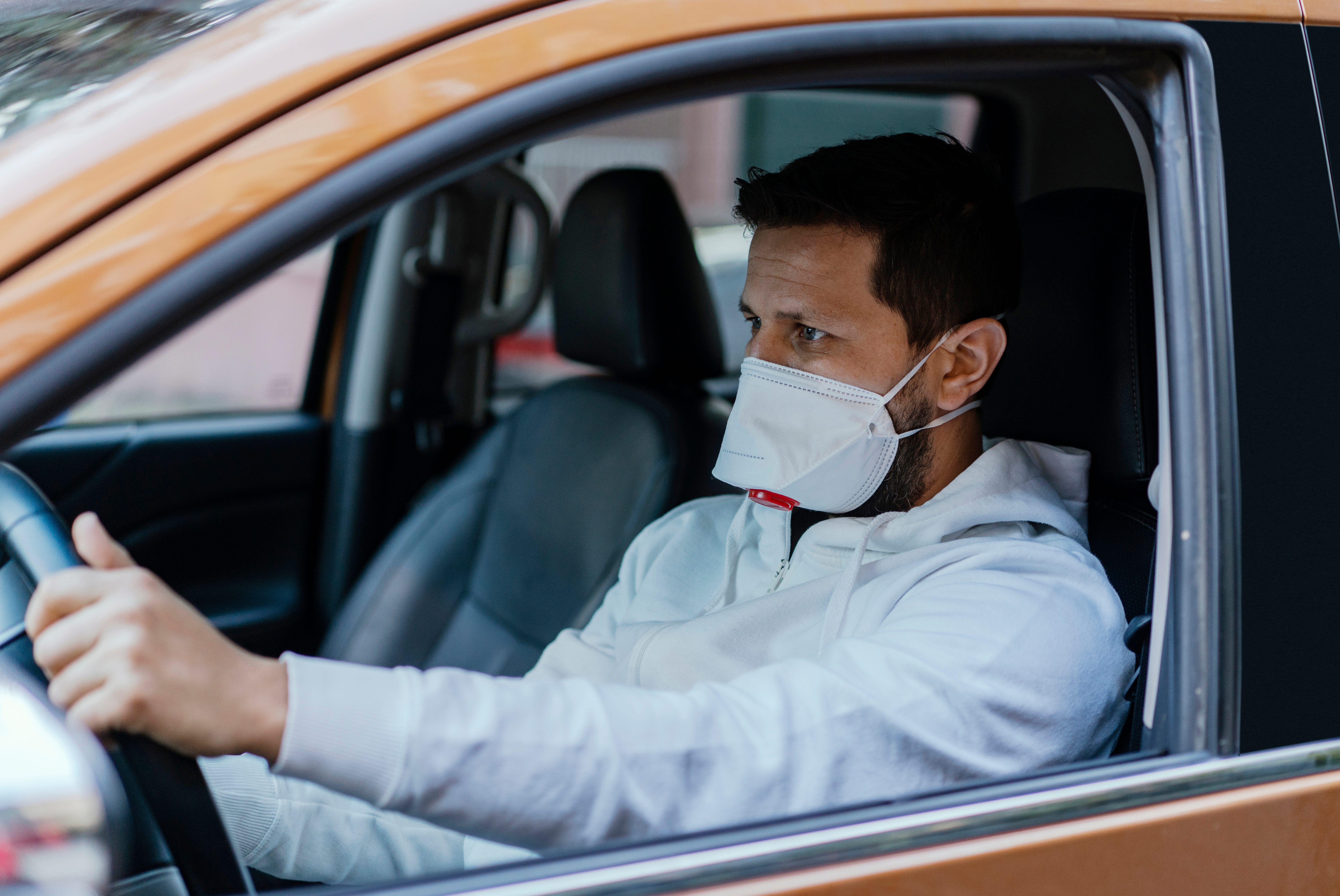
Putting it on too late
Many people put on their masks as they enter a grocery store or other essential business, but that may be too late because unforeseen interactions can occur earlier, Baylor College of Medicine’s Dr. Allison Haddock told a Houston news channel. Ideally, you should put on your mask before you step out of your front door. If you live in an apartment, that’s especially important, says the New York Times, noting that elevators and stairwells can be especially germy.

Taking it off too early
Likewise, removing your mask when you get in your car might be too soon. Dr. Haddock recommends waiting until you’re home where you can remove it properly and wash your hands right away. If you must remove it sooner, don’t just toss it on the passenger seat; place it in a bag and use hand sanitizer before you touch anything else.
You can probably wear the same mask the whole time you’re out, for up to 12 hours, Pettis says, as long as it hasn’t become moist from your breath. “As soon as any mask becomes moist, it’s no longer effective and needs to be changed.”
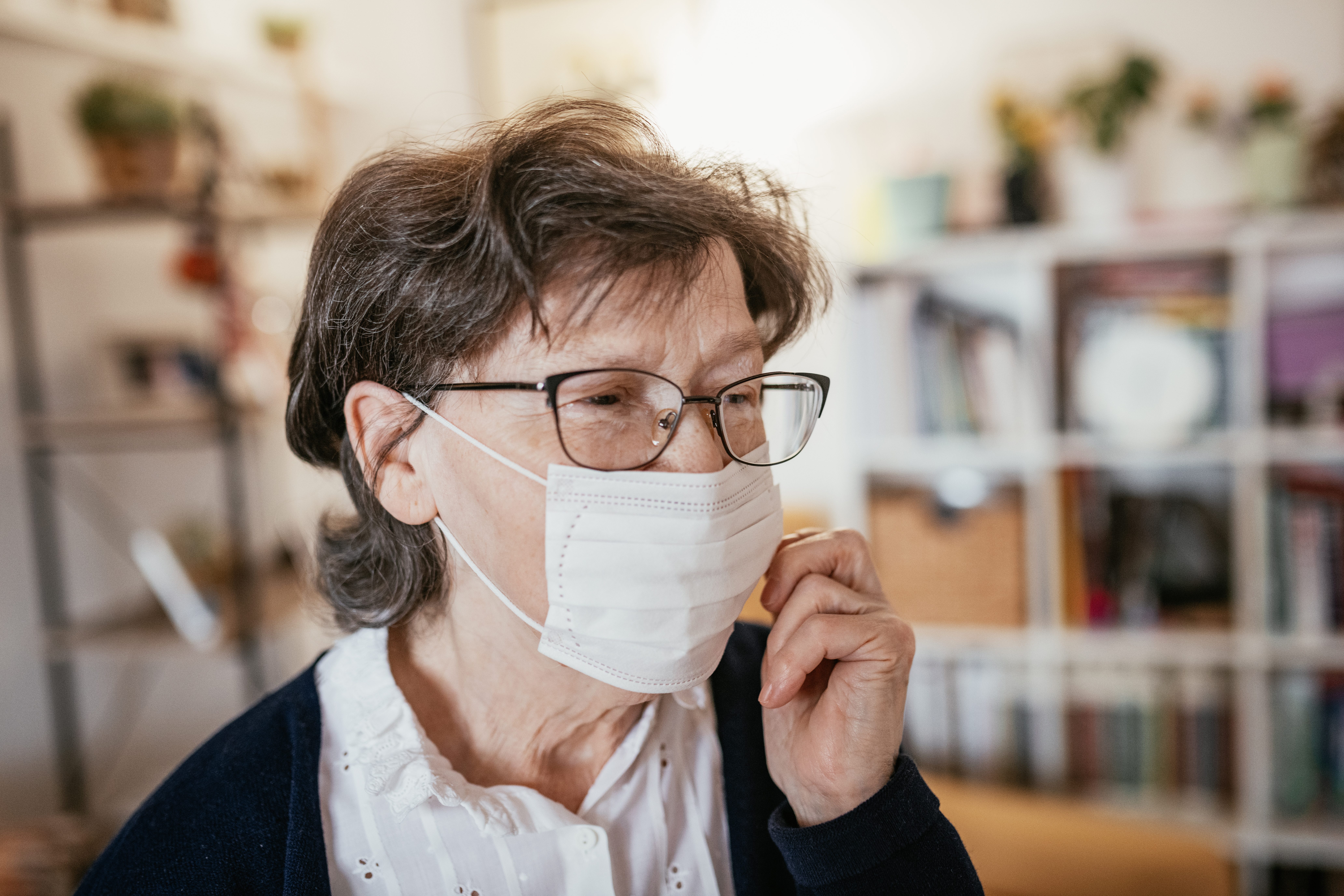
Contaminating it
Stop touching your face. Really. “The thing I’ve noticed primarily is people not realizing they’re touching the mask,” Pettis says. “They’re adjusting it, fiddling with it, potentially contaminating their hands,” or pulling it down to take a quick bite or drink. Any of these actions could introduce the coronavirus or other germs into your nose, mouth, or eyes. If you absolutely must adjust it, clean your hands before and afterward.
“The other thing I’ve noticed is people pulling the mask down and wearing it around their neck. It’s hanging there and collecting germs,” Pettis says. “A mask is either on or it’s off.”
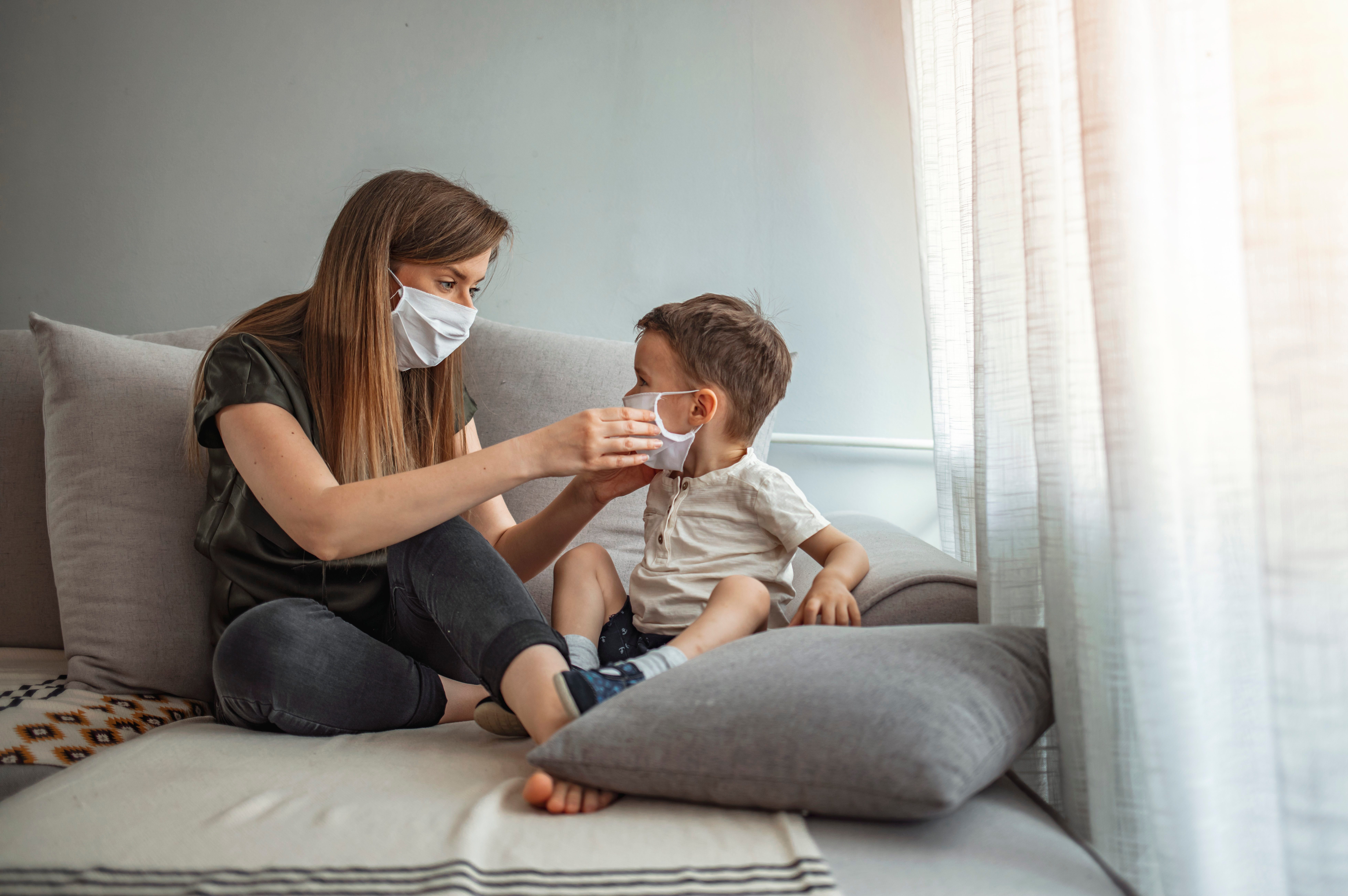
Putting masks on the wrong people
The Public Health Agency of Canada and the U.S. Centers for Disease Control recommend that infants and children under two should never wear masks. For one thing, their airways are smaller, making breathing through a mask more difficult, reports Nationwide Children’s Hospital in Columbus, Ohio. If babies do begin struggling to breathe, they’re unable to remove masks themselves, which could lead to suffocation. They also can’t follow instructions not to touch their masks. For similar reasons, people with dementia or other cognitive disabilities should not wear masks, though their caregivers should.
Finally, people with underlying respiratory conditions should also forgo masks, as they may not be able to breathe adequately while wearing one.
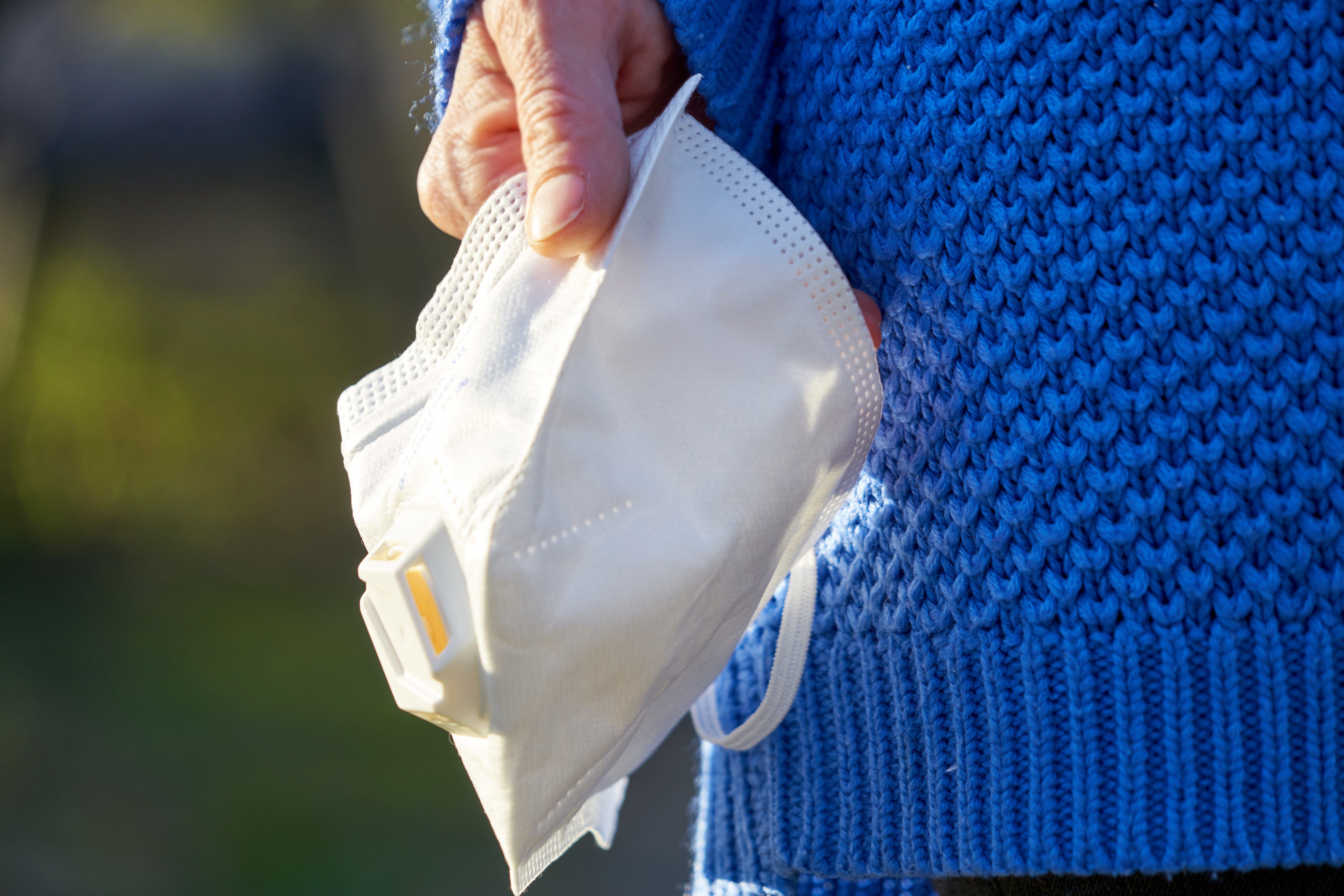
Not washing your mask
If you wear a cloth mask frequently, it’s best to wash it every time you wear it. Use detergent in the hottest water the fabric can withstand. This is not the time to worry about the colours fading. “Heat will definitely kill this germ,” Pettis says. For that reason, experts also advise tumbling the masks in the dryer on the hottest setting the material will tolerate.
If you’re wearing a mask only occasionally, you can let it dry out in a paper bag between uses. “If you wore it once and it’s been a week since then, it’s probably fine to put it back on,” Pettis says, because the virus most likely doesn’t survive more than a day or two on soft surfaces.
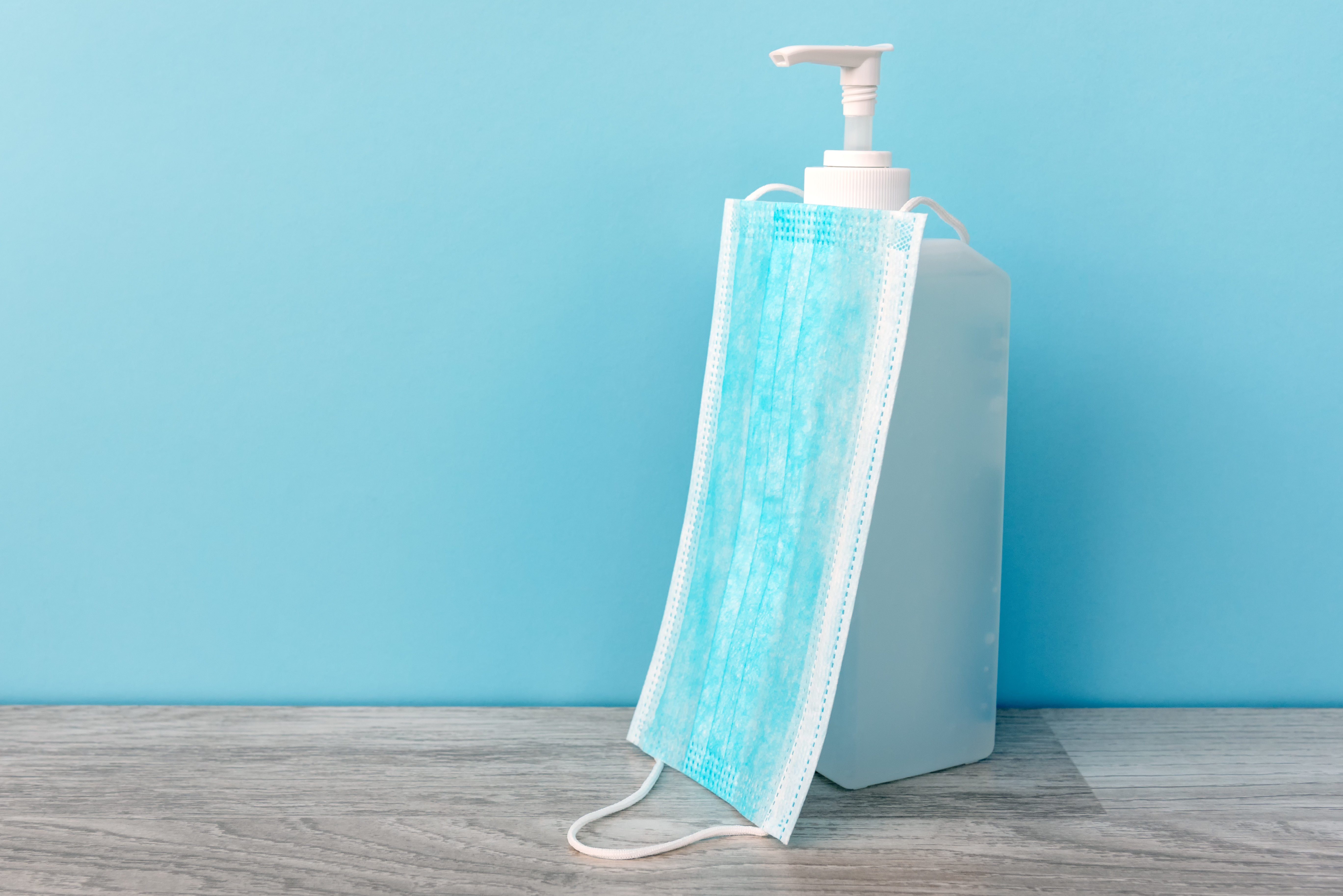
Taking shortcuts
The Internet is rife with other ideas to get your mask clean faster, like spraying it with disinfectant or bleach or sanitizing it in the microwave. Experts don’t recommend either of these methods. Even if the chemicals from a disinfectant spray have time to dissipate before you wear the mask again, it could still cause a respiratory or skin reaction. Besides, Pettis says, such products probably don’t do as good a job of removing virus particles from soft surfaces as it does from hard ones. Speaking of which, these are the ways you’re probably using disinfectants wrong.
Meanwhile, New Hampshire firefighters report that they’ve been responding to house fires caused by masks overheating in the microwave. It’s not worth the risk just to avoid another load of laundry.
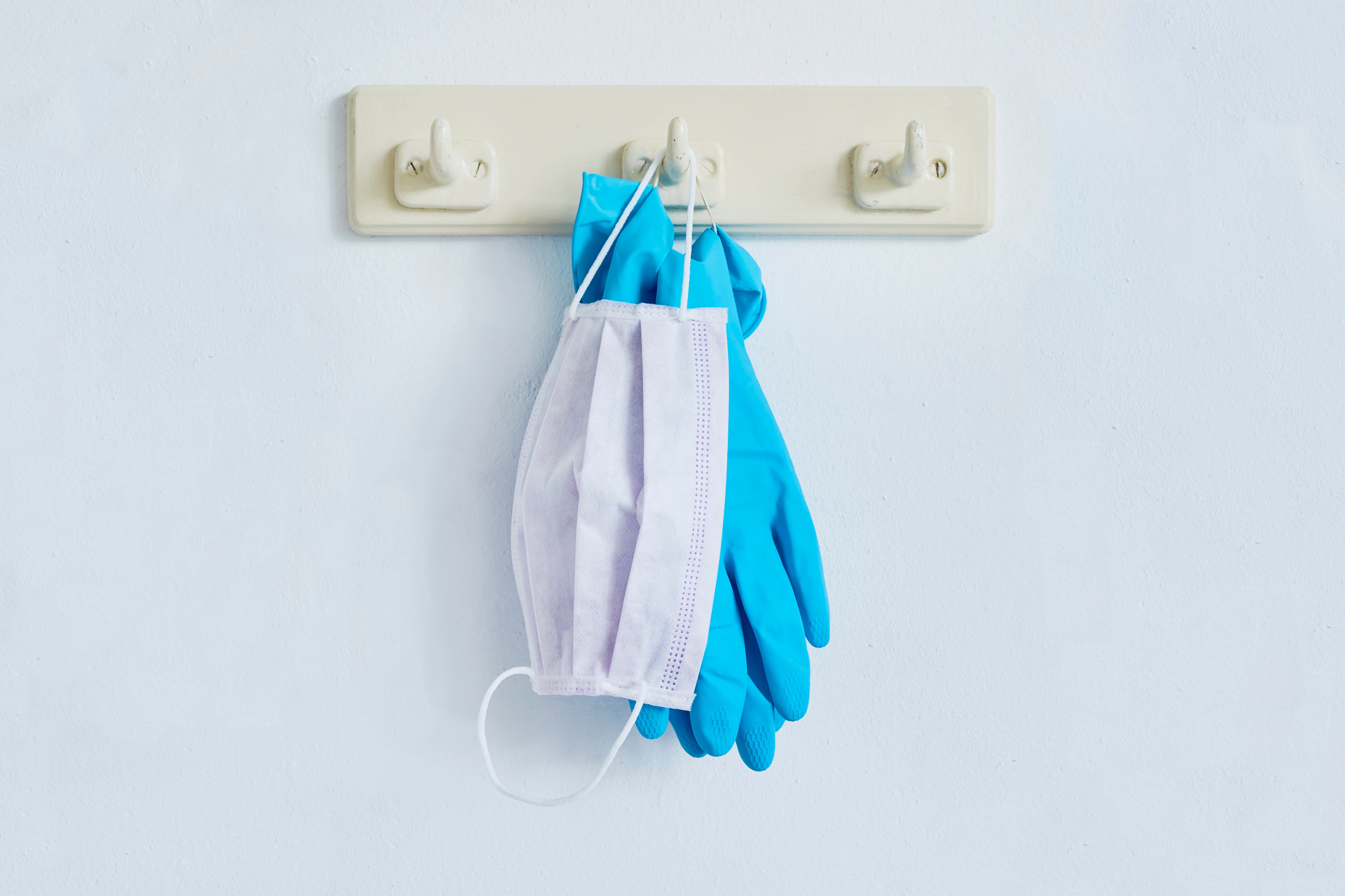
Storing it wrong
Even if you’re letting your mask dry out between infrequent wearings, don’t just hang it on a hook next to your jacket and grab it the next time you head out. Between washings, it’s best to store it in a clean, dry paper bag so its surface remains free from any germs that might be present in your home. Avoid using plastic bags for this purpose, though, as they can encourage germ growth. “Put it in a paper bag and let it sit for a few days before you wear it again, or launder it,” Pettis says.
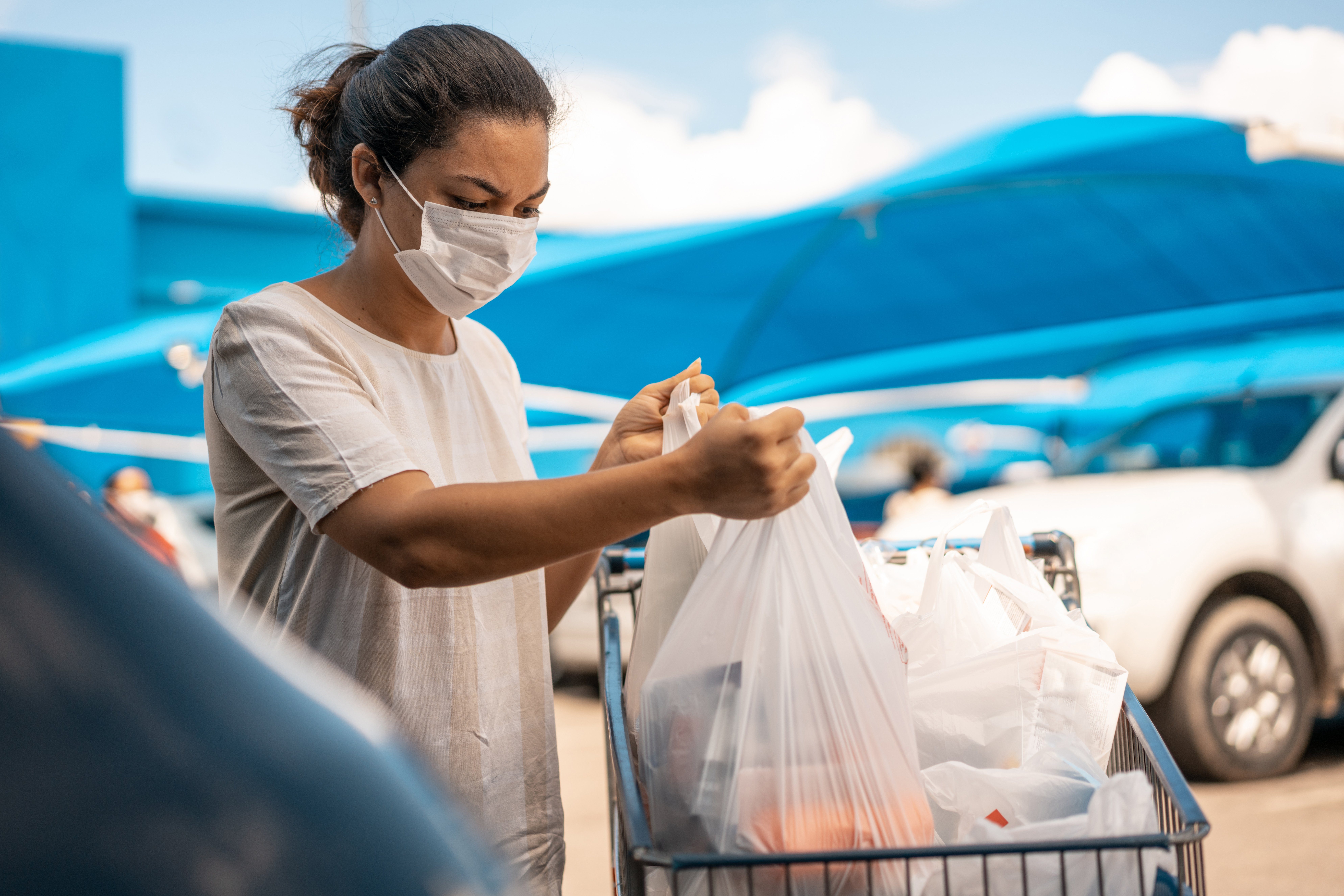
Wearing it for the wrong reason
“Wearing a mask in public is not so much protecting you as it’s protecting others around you in that six feet [two metres] of space,” Pettis says. In fact, a growing body of research suggests that the novel coronavirus is likely spread even by people who don’t show any symptoms. That could even be you. And that’s the most important reason to wear a mask.
Published in Reader’s Digest
Updated: Apr. 29, 2020

